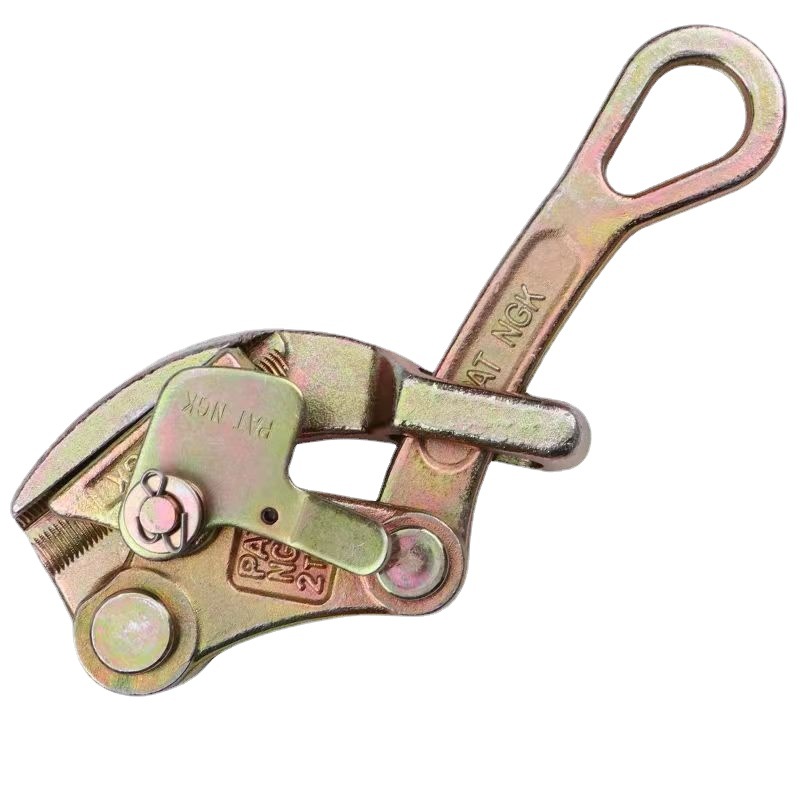
-
 Afrikaans
Afrikaans -
 Albanian
Albanian -
 Amharic
Amharic -
 Arabic
Arabic -
 Armenian
Armenian -
 Azerbaijani
Azerbaijani -
 Basque
Basque -
 Belarusian
Belarusian -
 Bengali
Bengali -
 Bosnian
Bosnian -
 Bulgarian
Bulgarian -
 Catalan
Catalan -
 Cebuano
Cebuano -
 Corsican
Corsican -
 Croatian
Croatian -
 Czech
Czech -
 Danish
Danish -
 Dutch
Dutch -
 English
English -
 Esperanto
Esperanto -
 Estonian
Estonian -
 Finnish
Finnish -
 French
French -
 Frisian
Frisian -
 Galician
Galician -
 Georgian
Georgian -
 German
German -
 Greek
Greek -
 Gujarati
Gujarati -
 Haitian Creole
Haitian Creole -
 hausa
hausa -
 hawaiian
hawaiian -
 Hebrew
Hebrew -
 Hindi
Hindi -
 Miao
Miao -
 Hungarian
Hungarian -
 Icelandic
Icelandic -
 igbo
igbo -
 Indonesian
Indonesian -
 irish
irish -
 Italian
Italian -
 Japanese
Japanese -
 Javanese
Javanese -
 Kannada
Kannada -
 kazakh
kazakh -
 Khmer
Khmer -
 Rwandese
Rwandese -
 Korean
Korean -
 Kurdish
Kurdish -
 Kyrgyz
Kyrgyz -
 Lao
Lao -
 Latin
Latin -
 Latvian
Latvian -
 Lithuanian
Lithuanian -
 Luxembourgish
Luxembourgish -
 Macedonian
Macedonian -
 Malgashi
Malgashi -
 Malay
Malay -
 Malayalam
Malayalam -
 Maltese
Maltese -
 Maori
Maori -
 Marathi
Marathi -
 Mongolian
Mongolian -
 Myanmar
Myanmar -
 Nepali
Nepali -
 Norwegian
Norwegian -
 Norwegian
Norwegian -
 Occitan
Occitan -
 Pashto
Pashto -
 Persian
Persian -
 Polish
Polish -
 Portuguese
Portuguese -
 Punjabi
Punjabi -
 Romanian
Romanian -
 Russian
Russian -
 Samoan
Samoan -
 Scottish Gaelic
Scottish Gaelic -
 Serbian
Serbian -
 Sesotho
Sesotho -
 Shona
Shona -
 Sindhi
Sindhi -
 Sinhala
Sinhala -
 Slovak
Slovak -
 Slovenian
Slovenian -
 Somali
Somali -
 Spanish
Spanish -
 Sundanese
Sundanese -
 Swahili
Swahili -
 Swedish
Swedish -
 Tagalog
Tagalog -
 Tajik
Tajik -
 Tamil
Tamil -
 Tatar
Tatar -
 Telugu
Telugu -
 Thai
Thai -
 Turkish
Turkish -
 Turkmen
Turkmen -
 Ukrainian
Ukrainian -
 Urdu
Urdu -
 Uighur
Uighur -
 Uzbek
Uzbek -
 Vietnamese
Vietnamese -
 Welsh
Welsh -
 Bantu
Bantu -
 Yiddish
Yiddish -
 Yoruba
Yoruba -
 Zulu
Zulu


Nov . 07, 2024 22:05 Back to list
Grounding Rods and Clamps for Effective Electrical Safety Solutions
Understanding Grounding Rods with Clamps Importance and Applications
Grounding is a crucial aspect of electrical systems, acting as a safety measure to protect people and equipment from electrical faults. A grounding system typically consists of a grounding rod, which is a conductive rod driven into the ground, and clamps that connect the electrical system to the rod. In this article, we will explore the significance of grounding rods with clamps, their installation process, and their applications.
What is a Grounding Rod?
A grounding rod, commonly made of copper or galvanized steel, serves as a direct connection to the earth. Its primary purpose is to provide a path for electricity to dissipate safely into the ground during a fault condition, such as a lightning strike or a short circuit. By doing this, grounding rods help to minimize the risk of electrical shock, equipment damage, and fire hazards.
Role of Clamps
Clamps are vital components that connect the grounding rod to the electrical system. They ensure a secure and reliable connection, allowing for effective grounding. Various types of clamps can be used, including mechanical clamps and exothermic weld clamps. Mechanical clamps are designed for easy installation and require no special tools, while exothermic weld clamps create a permanent bond by using extreme heat to fuse the materials together.
Importance of Proper Installation
The effectiveness of a grounding system greatly depends on the correct installation of the grounding rod and clamp. Here are key steps to ensure a proper installation
1. Choosing the Right Location Select a spot away from buildings and trees, where the soil has a low resistivity. This is crucial for optimal grounding performance.
2. Driving the Rod The grounding rod is typically driven into the ground to a depth of at least eight feet. Greater depth may be necessary depending on local soil conditions. This ensures the rod reaches sufficiently conductive soil.
grounding rod with clamp

3. Attaching the Clamp Once the rod is installed, attach the grounding clamp securely to the rod, followed by firmly connecting it to the grounding wire of the electrical system. Ensure there is no corrosion or dirt that might impede conductivity.
4. Testing the Grounding System After installation, it's essential to test the grounding system to verify its effectiveness. Ground resistance testers can provide readings that indicate whether the grounding system is functioning correctly.
Applications of Grounding Rods with Clamps
The use of grounding rods with clamps spans numerous applications across various industries
- Residential and Commercial Buildings Grounding systems are standard in homes and businesses, protecting electrical appliances and ensuring the safety of occupants.
- Telecommunication Systems Grounding is critical in telecommunication equipment to prevent damage from electrical surges and lightning strikes.
- Renewable Energy Systems Solar panels and wind turbines require effective grounding solutions to protect against lightning and electrical faults.
- Industrial Equipment Manufacturing plants often use grounding rods to safeguard heavy machinery and complex electrical systems from electrical hazards.
Conclusion
In summary, a grounding rod with a clamp is an essential component of electrical safety systems. Its role in providing a safe path for electrical currents to disperse into the ground cannot be overstated. By ensuring proper installation and selecting the right materials, users can maximize the effectiveness of their grounding system. With its wide array of applications—from residential to industrial settings—understanding the importance of grounding rods is crucial for maintaining safety and reliability in electrical systems. Investing time and resources into a proper grounding system is a small price to pay for the significant protection it offers.
Latest news
What Are Construction Tools and How Are They Used?
NewsJul.11,2025
Professional-Grade Duct Rodding Tools for Superior Cable Installation
NewsJul.11,2025
Enhancing Safety and Efficiency with Modern Hot Stick Solutions
NewsJul.11,2025
Empowering Cable Installation with Advanced Rodder Solutions
NewsJul.11,2025
Elevate Your Cable Installation Projects with Cable Pulling Tools
NewsJul.11,2025
Efficient Cable Handling Solutions: Cable Rollers for Sale
NewsJul.11,2025











